How to Use Less Plastic in Your Kitchen: 6 Simple Tips
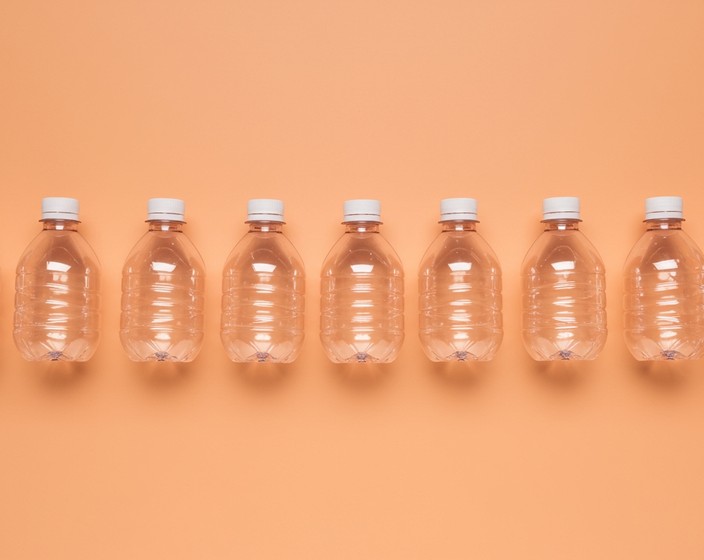
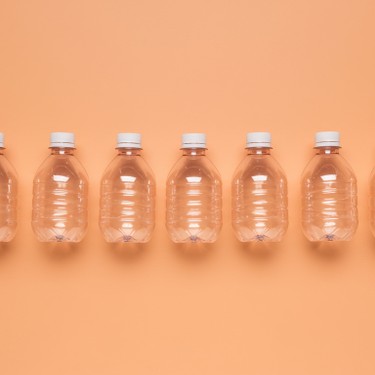


Let’s be real—plastic is everywhere. It sneaks into our shopping carts, wraps itself around our leftovers, and lurks in our fridges and pantries. But here’s the good news: cutting back on plastic in the kitchen doesn’t have to be a hassle. In fact, with a few easy swaps, you’ll be well on your way to a greener, cleaner, and (let’s be honest) much more aesthetically pleasing kitchen.
Ready? Let’s do this!
By making a few simple swaps, you can help cut down on unnecessary plastic, keep your food fresher, and even reduce your exposure to harmful chemicals found in plastic packaging. Plus, let’s be real—glass jars and reusable wraps look way better than crumpled plastic bags.
Consider making a switch away from your go-to plastic bags that you use when packing lunches or stowing away snacks. While they might mean no dishes to wash and easy storage, they definitely don’t bode well in the long run. Instead, try out reusable containers made from glass or stainless steel for a cost-efficient and environmentally friendly way to store your food!
Instead of grabbing a plastic container or wrapping up leftovers in plastic wrap, try:
Bonus: You can reuse jars from store-bought sauces and jams instead of tossing them!
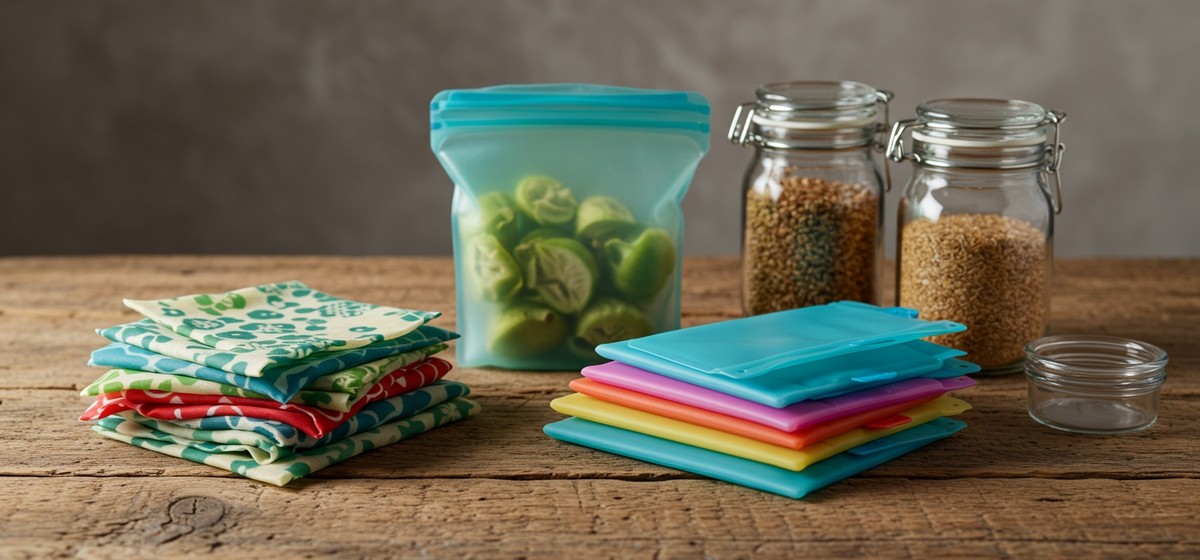
Grocery shopping is one of the sneakiest ways plastic creeps into our kitchens. But a few easy swaps can make all the difference:
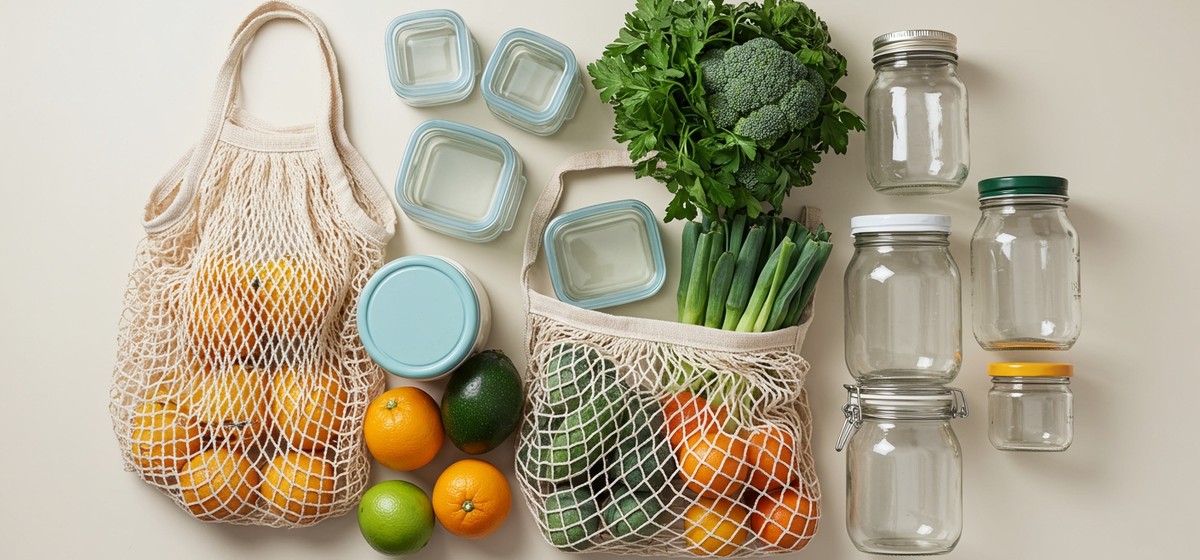
Meal planning isn’t just great for saving time—it also helps cut down on plastic waste. When you plan your meals in advance, you can:
Create your own meal plan and plan your meals with ease!
Some kitchen items are meant to be used once and tossed, but you can easily swap them for better options:
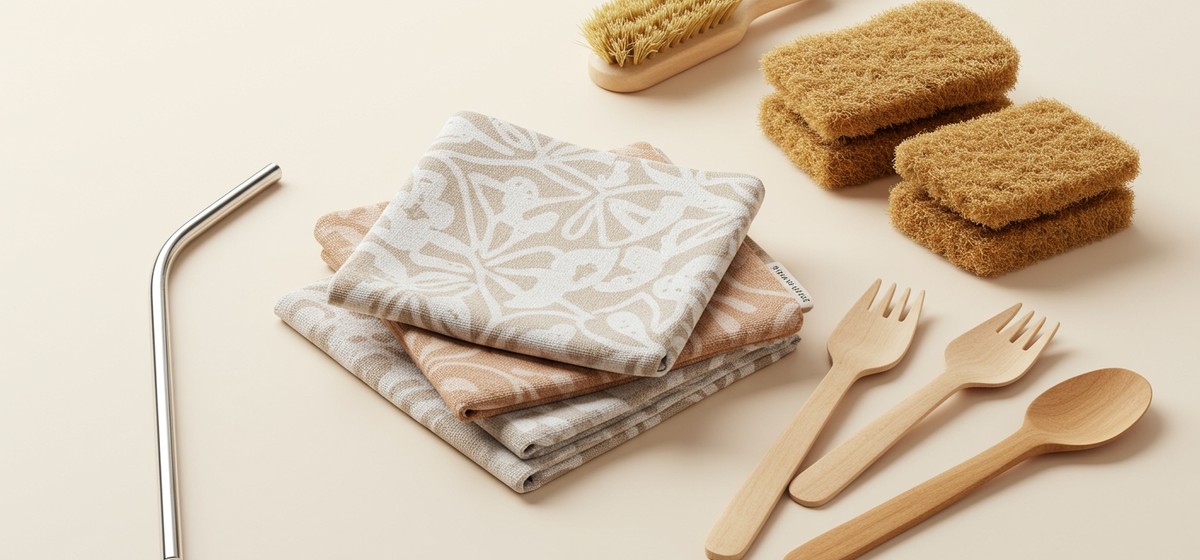
Drinks are a huge source of unnecessary plastic, but a few simple changes can help:
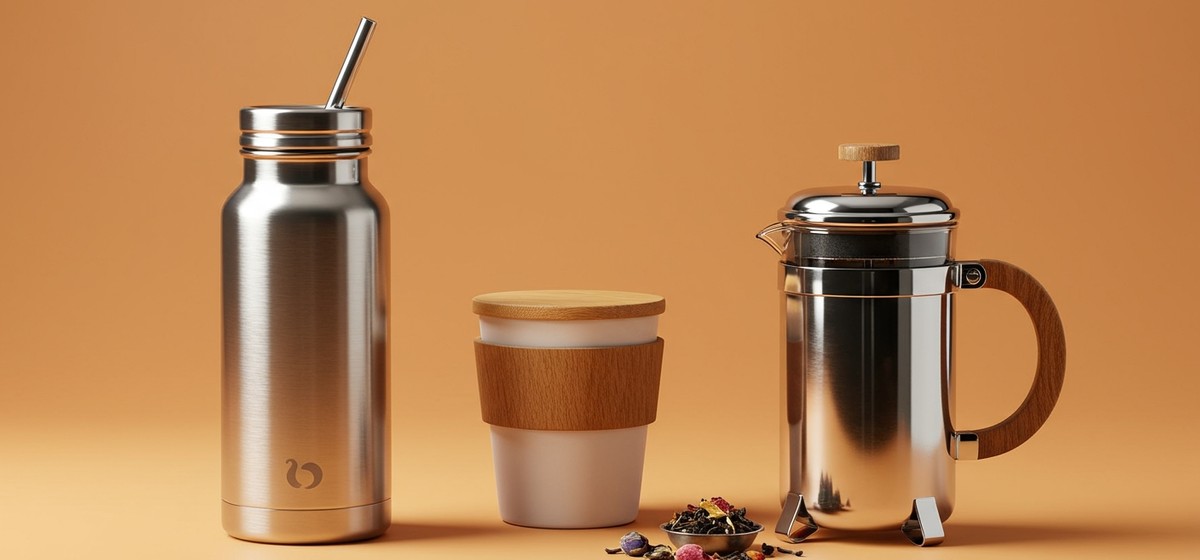
Food waste and plastic waste go hand in hand. With SideChef’s My Pantry feature, you can track what ingredients you already have, plan meals accordingly, and reduce unnecessary packaging waste. Less food waste means fewer plastic-wrapped last-minute grocery runs!
Before you know it, your kitchen will be a plastic-free haven (or at least less plastic-filled). Plus, with tools like SideChef’s My Pantry, you can be even more intentional about your food choices, reducing waste in more ways than one.
Looking for more ways to make your kitchen eco-friendly? Check out these sustainable spring-cleaning tips for inspiration!
So, what’s your first swap going to be?